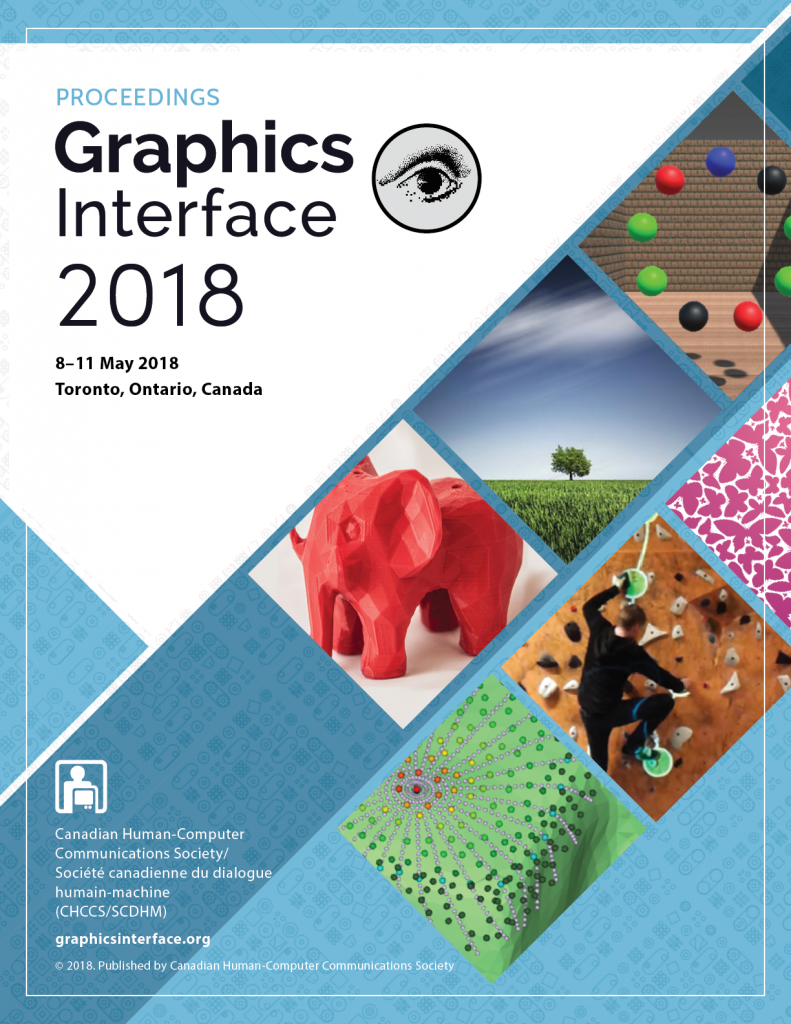BibTex
@inproceedings{Luo:2018:10.20380/GI2018.15,
author = {Luo, Xuejiao and Salamon, Nestor Z. and Eisemann, Elmar},
title = {Adding Motion Blur to Still Images},
booktitle = {Proceedings of Graphics Interface 2018},
series = {GI 2018},
year = {2018},
isbn = {978-0-9947868-3-8},
location = {Toronto, Ontario},
pages = {108 -- 114},
numpages = {7},
doi = {10.20380/GI2018.15},
publisher = {Canadian Human-Computer Communications Society / Soci{\'e}t{\'e} canadienne du dialogue humain-machine},
}
Abstract
Motion blur appears in images as a visible trail along the motion path of the recorded object. It plays an important role in photography to convey a sense of motion but can be difficult to acquire as intended by the photographer. One solution is to add motion blur in a post process but current solutions involve much manual intervention and can lead to artifacts that mix moving and static objects incorrectly. In this paper, we propose a novel method to add motion blur to a single image that generates the illusion of a photographed motion. Relying on a minimal user input, a filtering process is employed to produce a virtual motion effect. It carefully treats object boundaries to avoid artifacts produced by standard filtering methods. We illustrate the effectiveness of our solution with various complex examples, including multiple objects, reflections and high intensity light sources. Our post-processing solution can achieve a convincing outcome, which makes it an alternative to attempting to capture the intended real-world motion blur.





















































